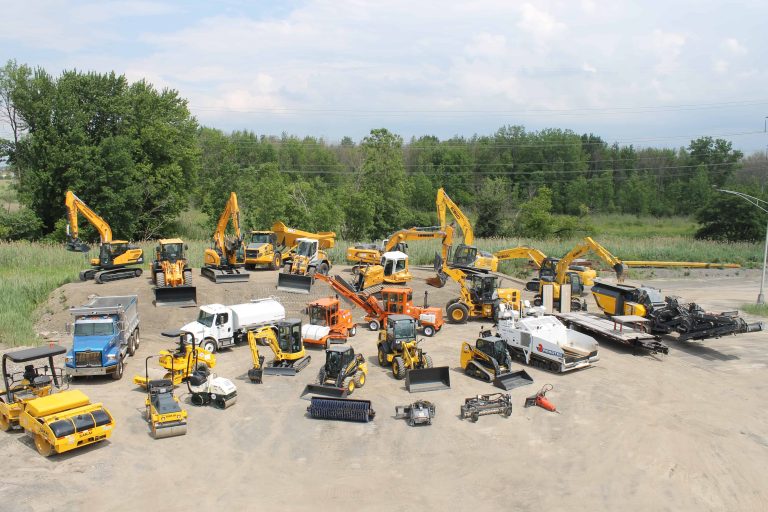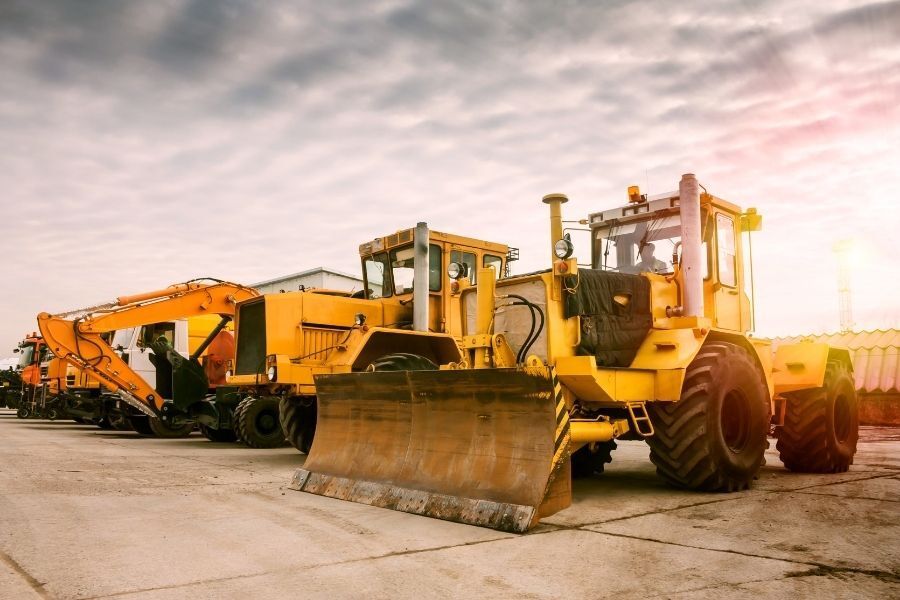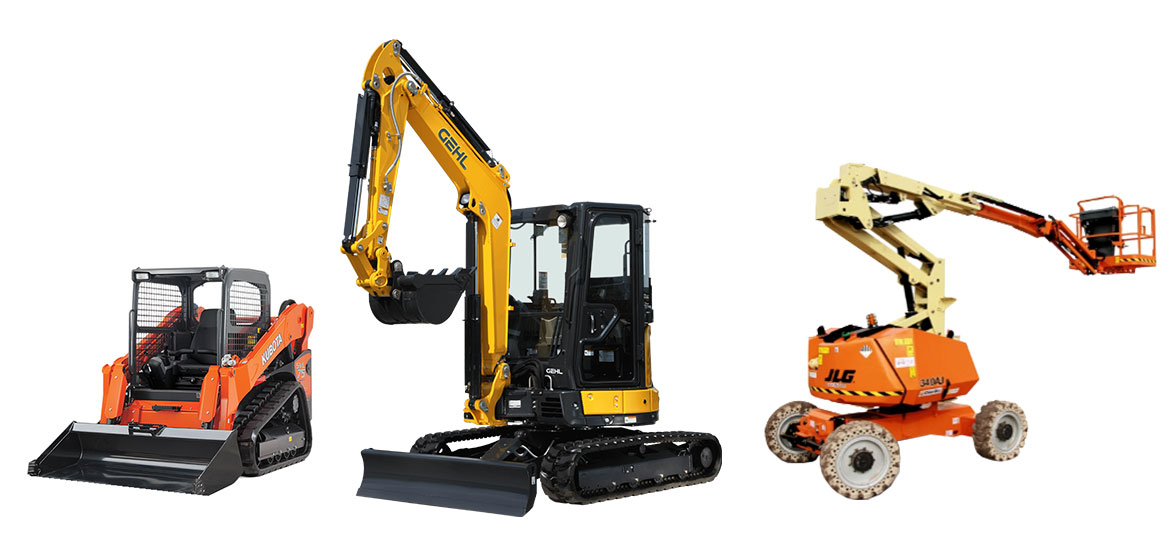Scissor Lift Rental: Safe and Efficient Raising Solutions
Scissor Lift Rental: Safe and Efficient Raising Solutions
Blog Article
Maximize Your Spending Plan by Comprehending the Expenses Related To Building And Construction Equipment Services
Comprehending the complete scope of costs connected with building tools leasings is essential for optimizing your budget plan. What approaches can be employed to properly manage these expenses and make certain a more effective rental experience?
Overview of Rental Prices
When considering construction devices leasings, recognizing the connected costs is vital for reliable budgeting and task planning. Rental expenses can differ considerably based upon several factors, consisting of tools kind, period of leasing, and area. The first rental fee frequently shows the tools's market demand and its connected operational abilities, influencing the total expense.
In enhancement to the base rental price, ancillary expenses might occur, such as transport fees, gas additional charges, and maintenance costs. It is necessary to represent these added expenditures to precisely assess the complete expense of renting tools. Furthermore, the rental duration can impact prices; longer services may get approved for affordable rates, while temporary leasings could sustain greater daily fees.

Breakdown of Rental Prices
A thorough understanding of rental prices is essential for professionals and project supervisors aiming to maximize their budgets. Rental rates for building devices generally consist of several parts, including base rates, time-based charges, and use costs.
Base prices are the core costs associated with the leasing of the equipment, usually established by the type and dimension of the machinery. These prices can differ considerably, affected by elements such as devices demand, availability, and local market patterns. Time-based fees, which might be daily, weekly, or monthly, offer to suit various task timelines and rental durations.
Furthermore, rental rates may include use costs, which apply when tools is used beyond a defined threshold, making certain that the rental company can account for wear and tear. Seasonal demand fluctuations can also influence rental rates, with peak building and construction periods commonly regulating greater rates.
In addition, comprehending the rental business's plans relating to upkeep and insurance policy can offer additional insight into the total price structure. By examining these components, contractors can make informed decisions, making certain the option of rental tools lines up with both job needs and budget restrictions.
Additional Fees to Consider
Comprehending the complexities of additional charges is crucial for contractors to handle their total service expenditures properly. Beyond the basic rental prices, numerous extra costs can considerably impact the total cost of equipment leasing. These fees usually consist of distribution and pickup fees, which description can vary based upon range and logistics associated with carrying the devices to and from the work website.
In addition, some rental firms might enforce fuel surcharges if the devices is returned with less gas than when leased. It is additionally important to know potential cleaning costs, specifically for specialized equipment that requires thorough maintenance after usage.

Extensively reviewing the rental agreement and making clear these additional costs upfront can help contractors make sure and avoid unanticipated costs that spending plans stay intact throughout the project lifecycle.
Upkeep and Repair Service Expenditures
Regular upkeep and repair work costs are frequently ignored factors that can dramatically influence the general expense of construction devices rentals. When renting out tools, it is essential to consider click here for more info not just the rental costs however likewise the possible prices linked with maintaining the machinery in optimal operating problem.
Lots of rental business include standard maintenance as component of the rental arrangement; nonetheless, much more unanticipated breakdowns or considerable repairs can cause added expenditures. It's important to evaluate the rental contract thoroughly to understand what maintenance solutions are covered and what duties drop on the occupant.
In addition, devices that is not properly maintained can bring about inadequacies at work website, potentially causing delays and boosting project costs. To reduce these threats, it is recommended to conduct normal assessments and keep open interaction with the rental service provider pertaining to any type of problems that occur during usage.
Insurance Coverage and Responsibility Expenses
Insurance coverage and liability expenses are crucial components that can substantially impact the general expense of building devices services (heavy equipment rental). These costs ensure that both the rental firm and the customer are shielded from potential economic losses emerging from mishaps, damages, or burglary during the rental duration

In addition, customers ought to be conscious of any deductibles or exclusions in the insurance coverage, as these can impact potential out-of-pocket expenses. Understanding the terms and conditions of any type of insurance protection is essential to stay clear of unforeseen expenses. Ultimately, budgeting for insurance policy and obligation expenditures can assist ensure a smoother rental experience and shield against monetary threats connected with construction jobs.
Verdict
In final thought, a detailed understanding of the expenses linked with building and construction devices rentals is crucial for efficient budget plan administration. Ultimately, educated decision-making pertaining to tools services contributes to the overall success of building and construction endeavors.
Rental prices can differ significantly based on numerous factors, consisting of equipment kind, period of rental, and location (boom lift rental). The rental duration can affect prices; longer rentals may qualify for reduced rates, while temporary rentals could incur greater everyday charges
By carrying out extensive study and engaging with credible rental business, specialists can effectively navigate the complexities of rental prices, read here inevitably maximizing their financial sources.
Beyond the typical rental rates, numerous additional fees can substantially impact the total cost of equipment rental. Rental companies often provide obligation insurance coverage that covers injuries to third events or damages to residential or commercial property, while equipment damage insurance policy can cover the expense of repair work or replacement if the leased equipment is harmed.
Report this page